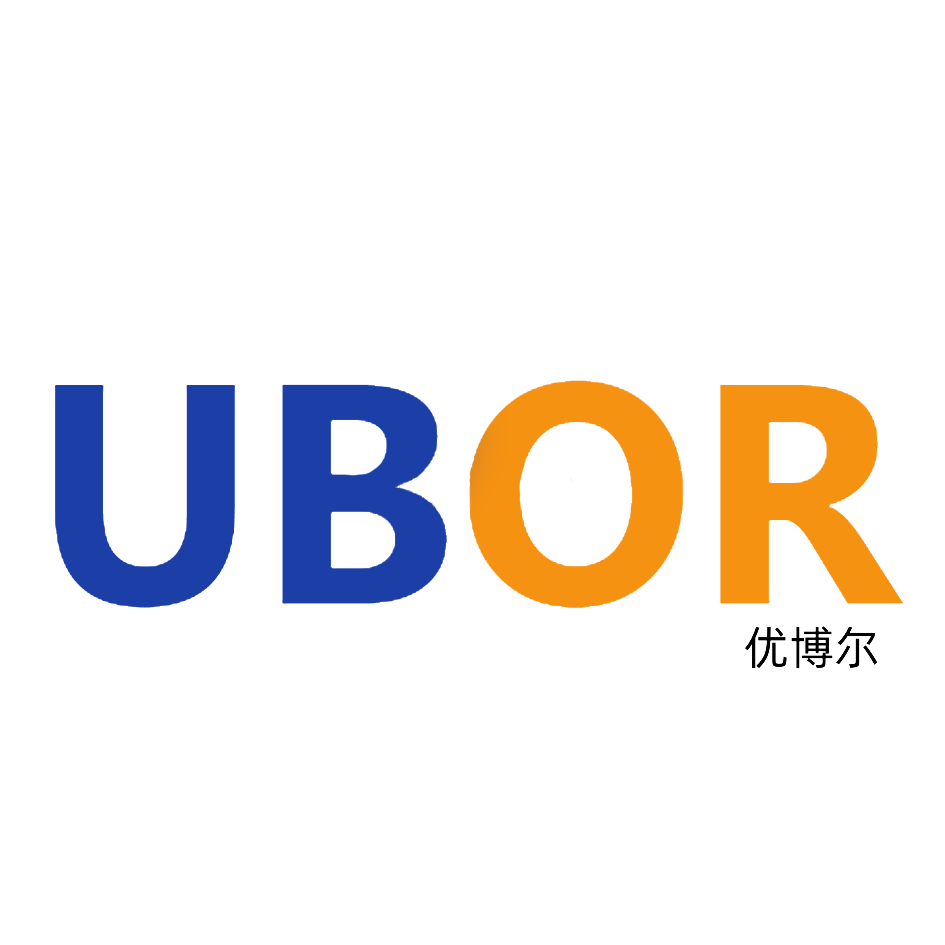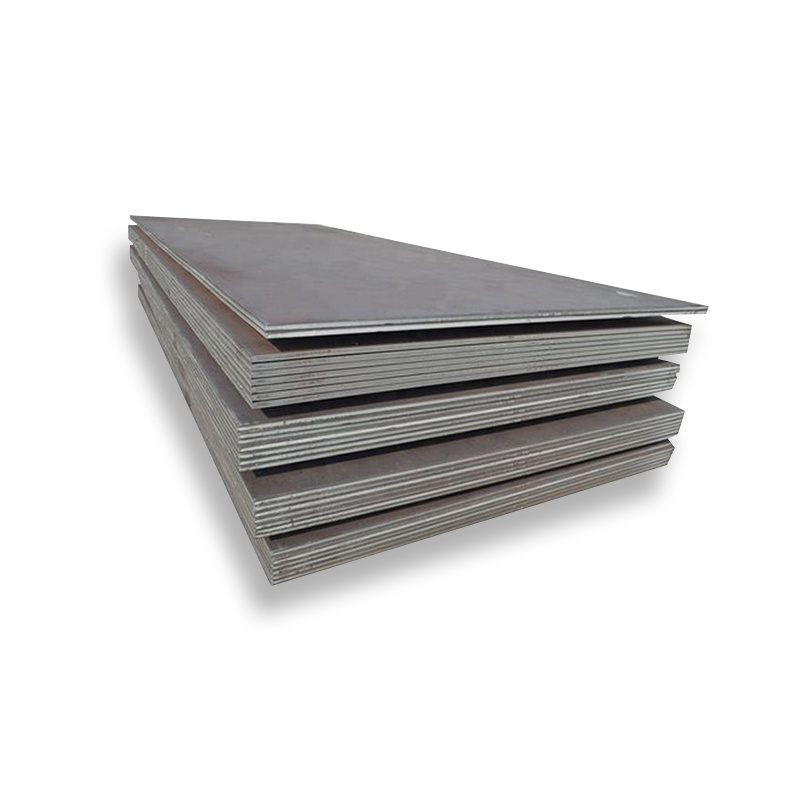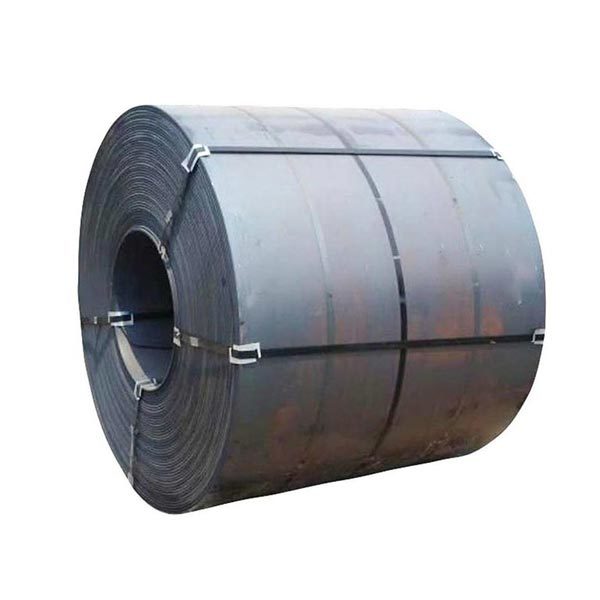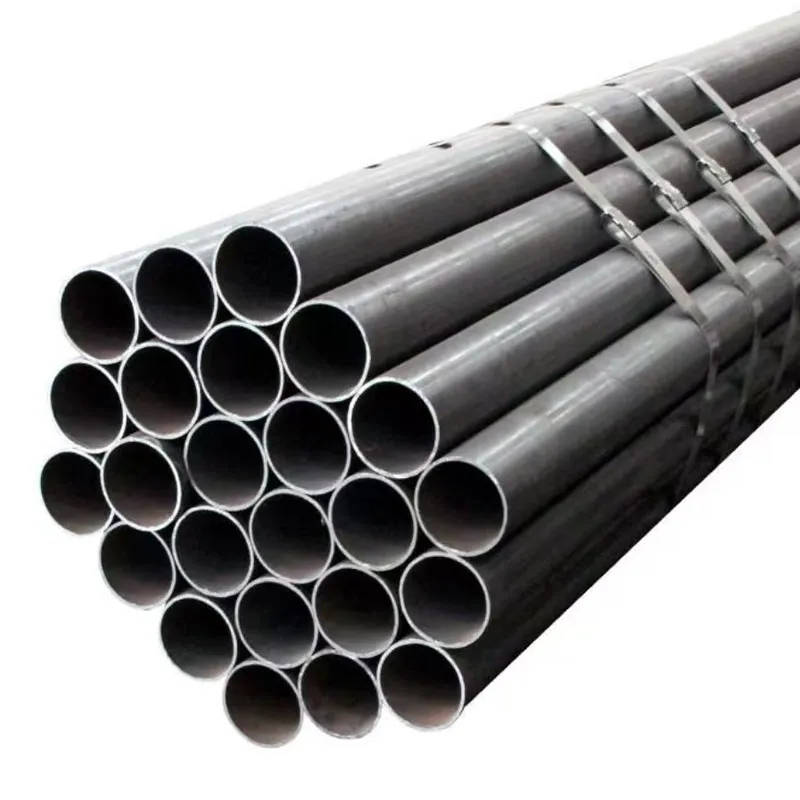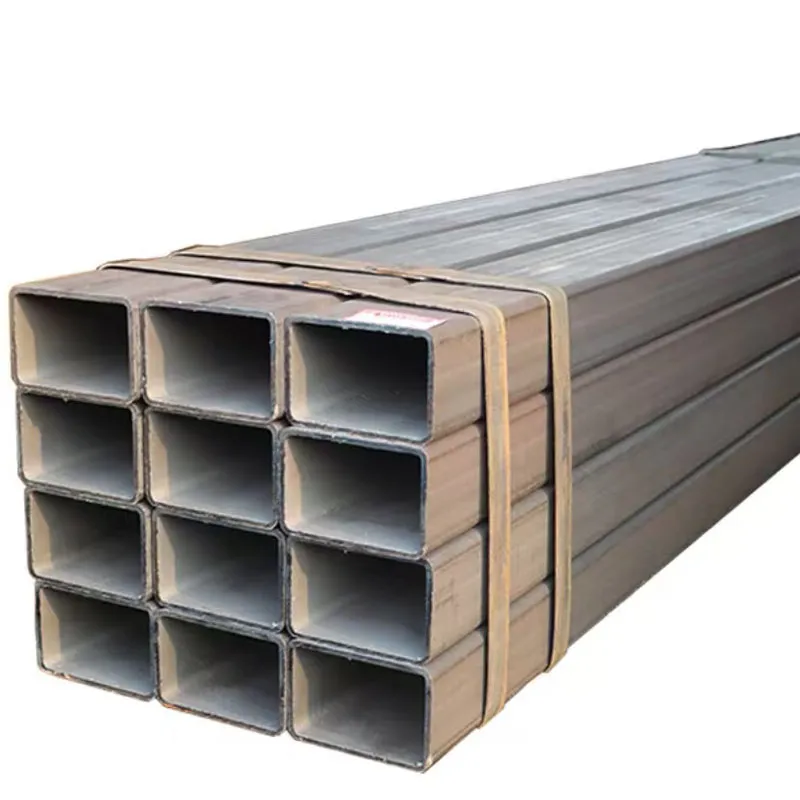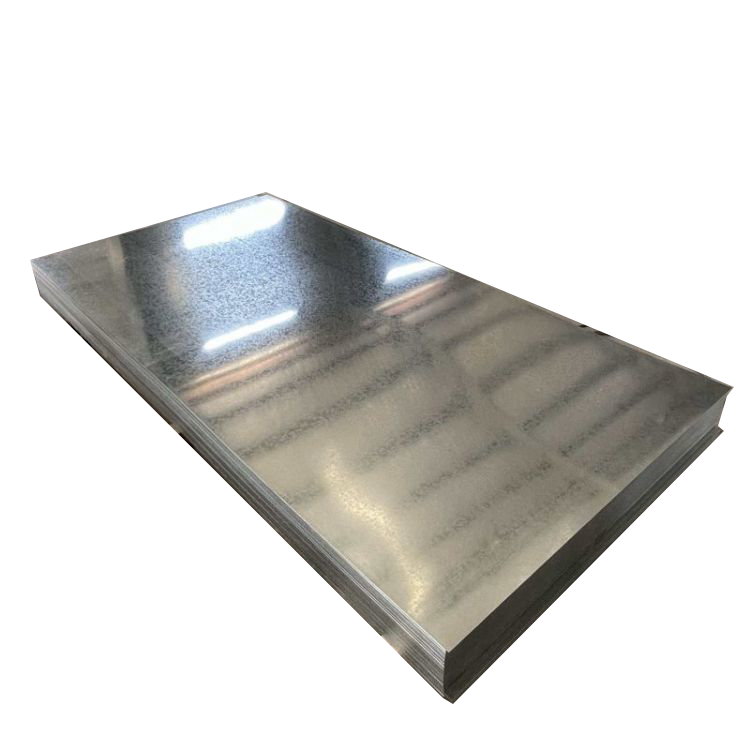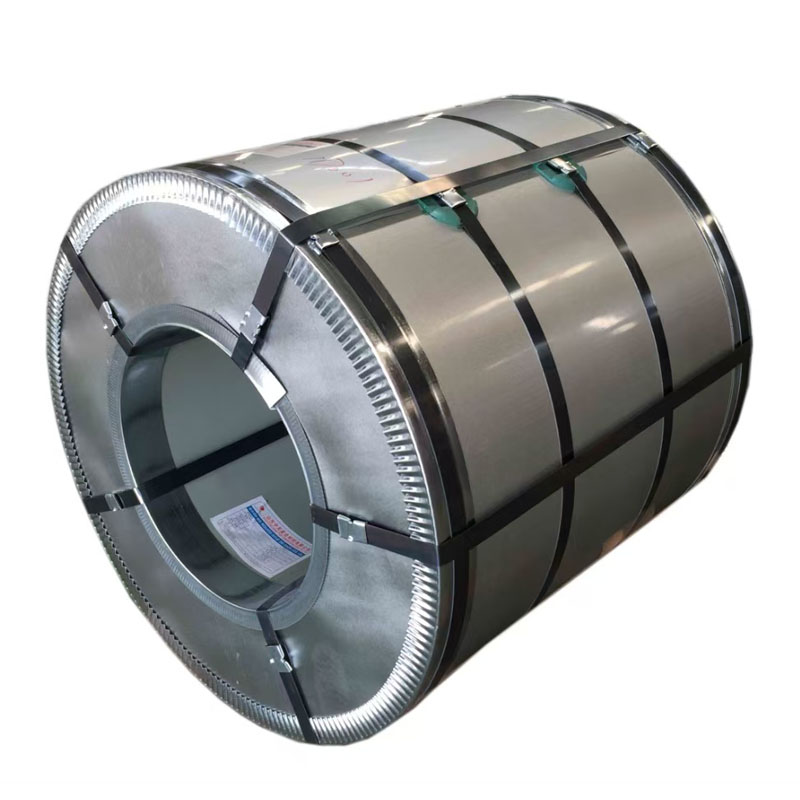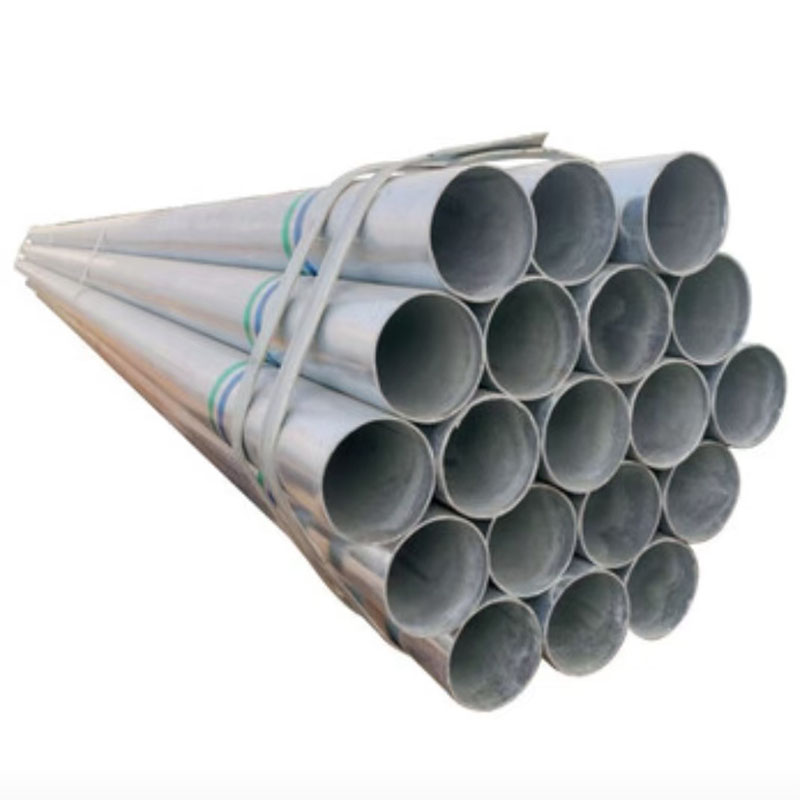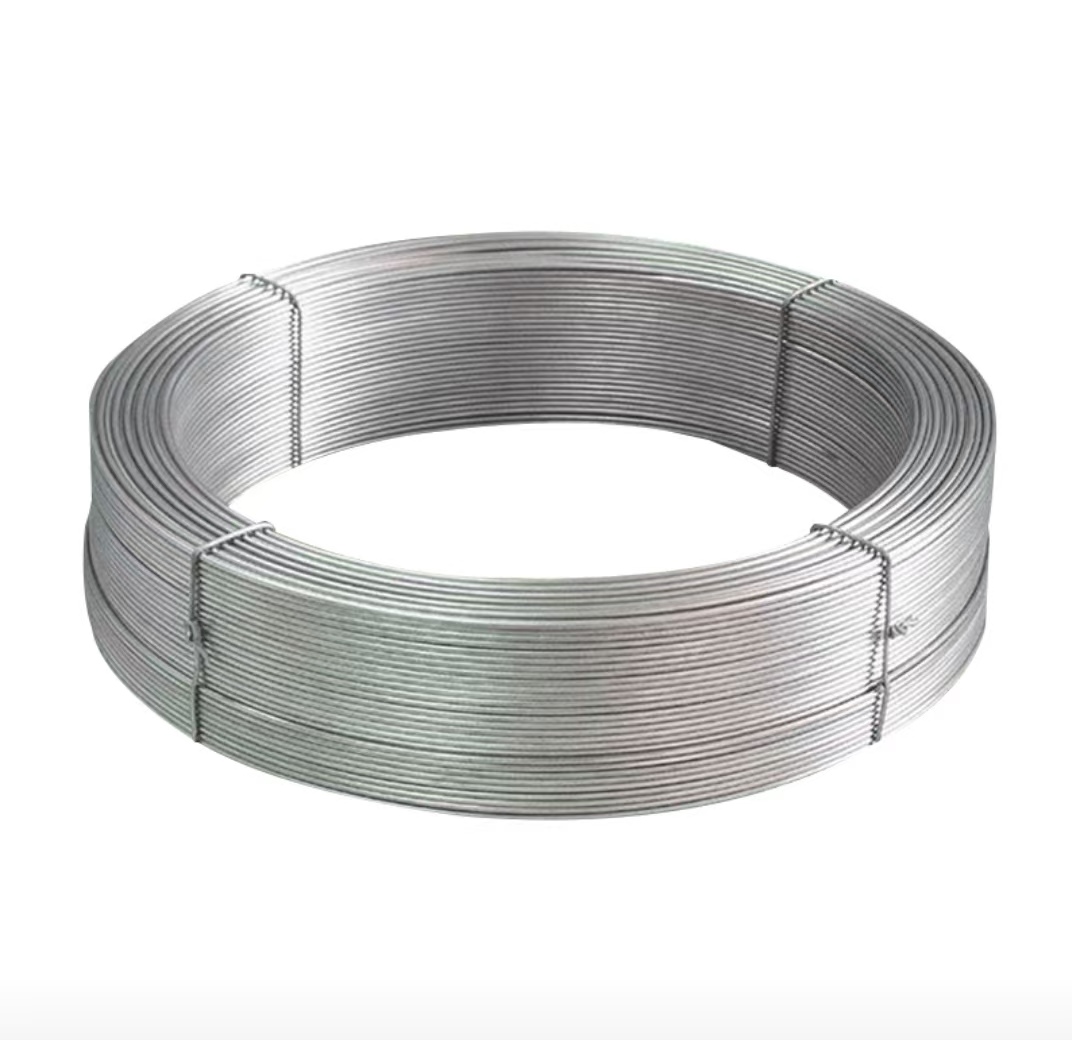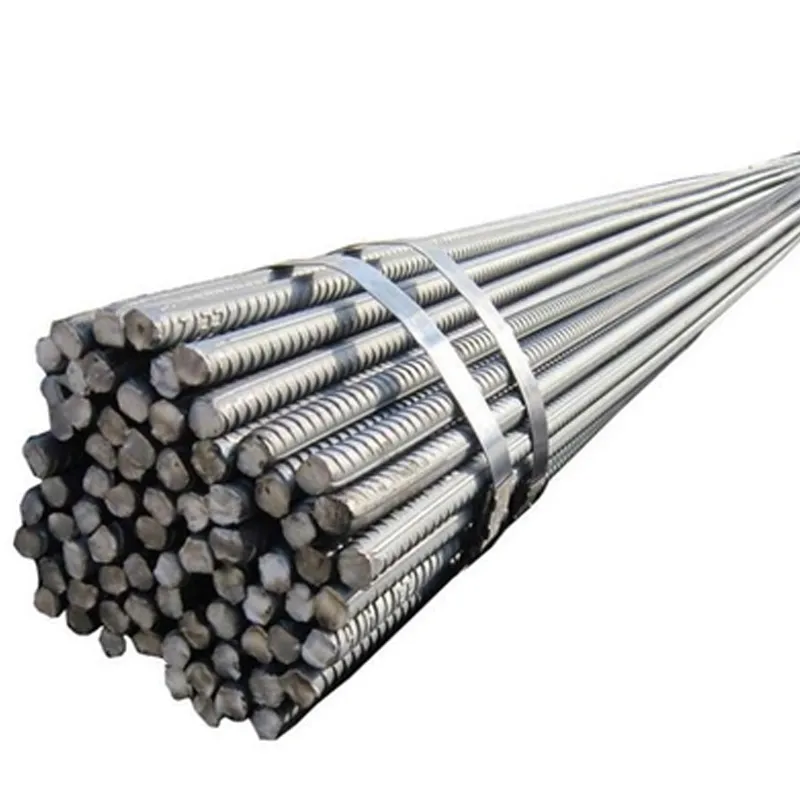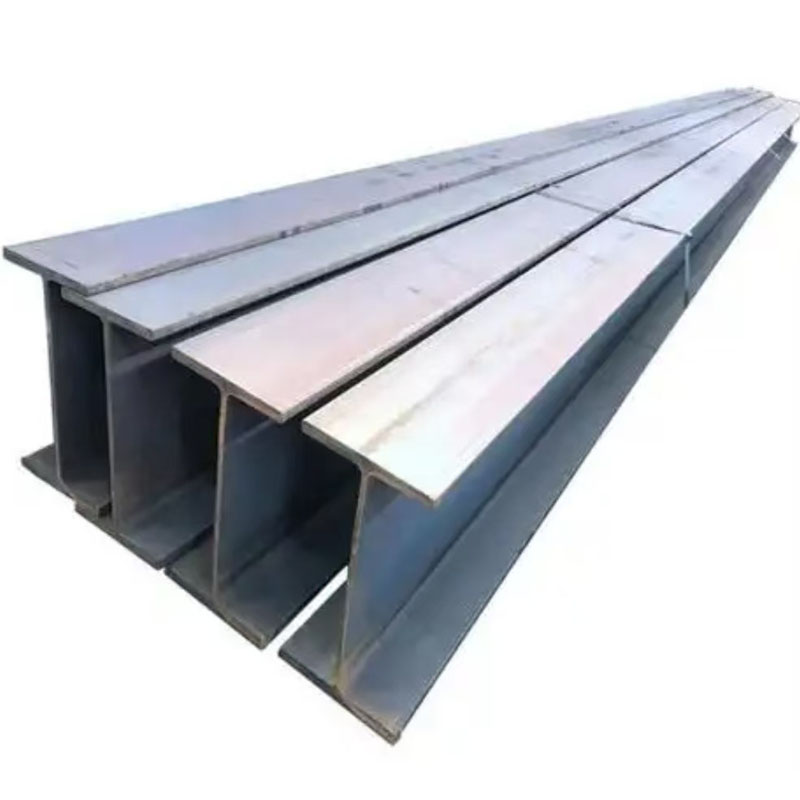Recently, domestic and international steel market trends have been mixed. Indian hot-rolled coil (HCR) prices have continued to hover at low levels. Despite the end of the Indian monsoon, demand for HRC has not rebounded due to the impact of Chinese imports, keeping prices under pressure. The European rebar market remains stable, with buyers awaiting further clarity on future scrap price trends.
In the international market, US wire rod prices are expected to remain stable or decline slightly due to falling scrap prices. Furthermore, Brazil's heavy plate imports in September fell 87% year-on-year, and Australia initiated a mid-term review of its anti-dumping investigation on Chinese welded pipes. These international developments have had a significant impact on the global steel market.
Meanwhile, the domestic steel market is experiencing a balanced supply and demand situation. On Friday, supply of major steel varieties increased, inventories decreased, and consumption also increased. Construction material consumption increased by 25.5% month-on-month, while flat steel consumption increased by 3.3%. Looking ahead, steel prices are expected to continue to rise as the peak demand season approaches.
In terms of raw materials, India's iron ore production increased by 10% year-on-year, and the three major iron ore producers are actively expanding production capacity. However, this has also triggered controversy over the continued decline in iron ore prices and the fact that mining giants are squeezing out small miners. Despite this, mining giants such as Rio Tinto are still defending their strategy and working hard to maintain their cost advantage in iron ore.
